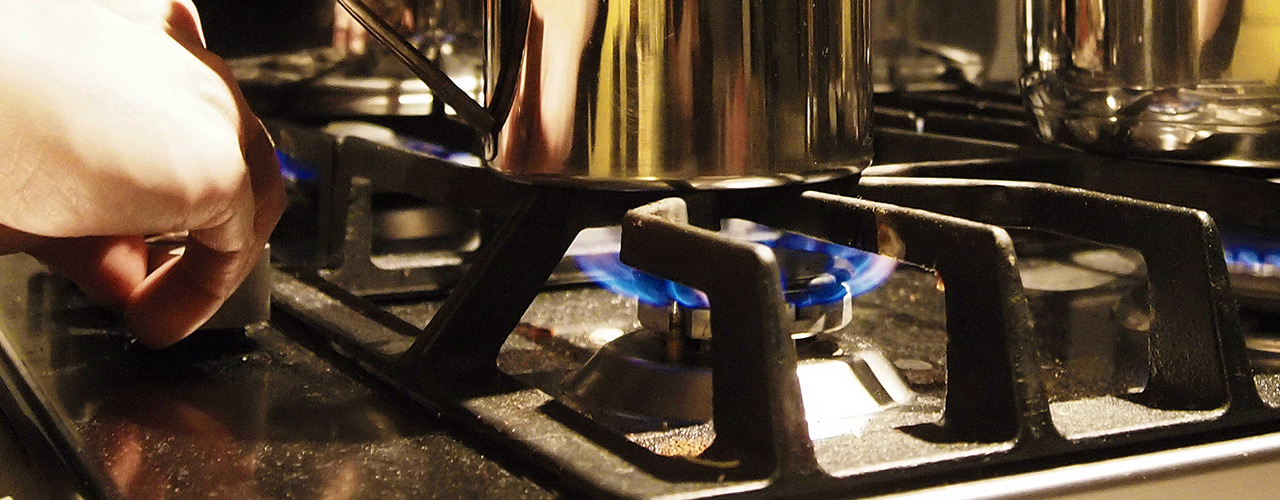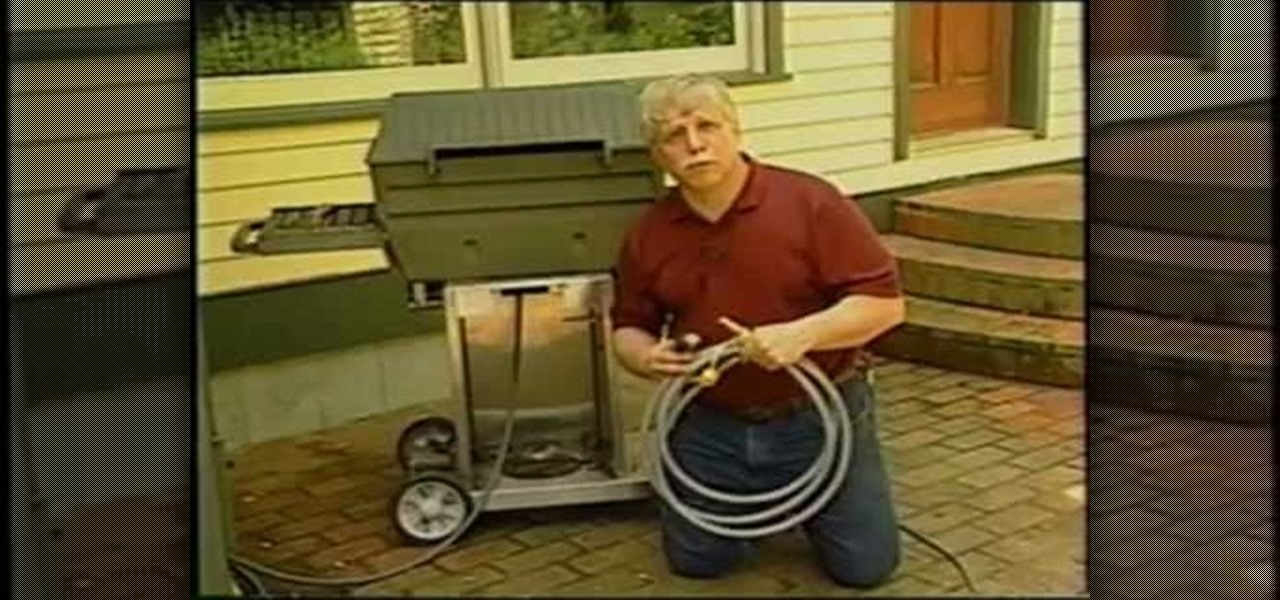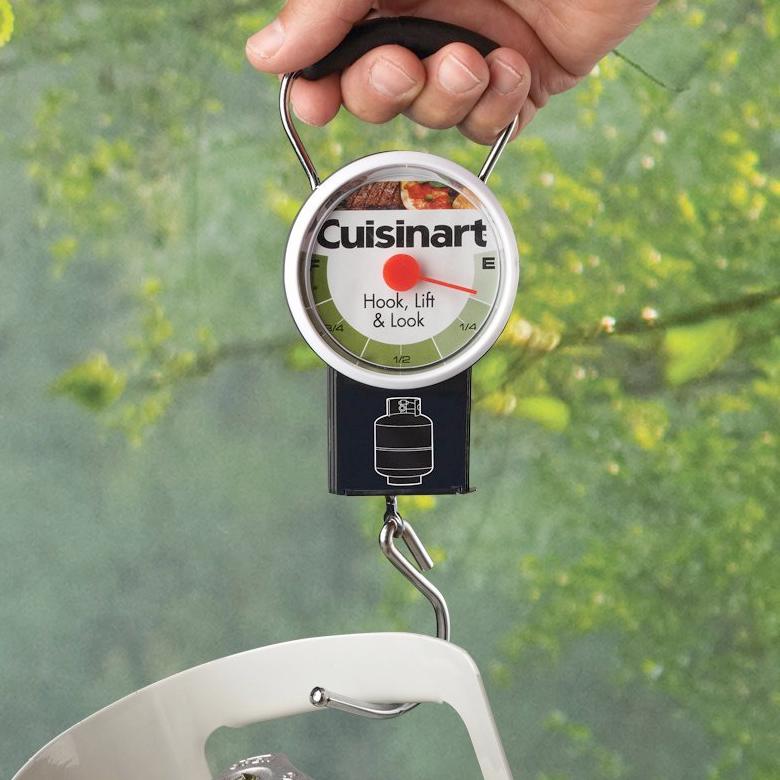Liquified petroleum gas or liquid petroleum gas (LPG or LP gas), also referred to as simply propane or butane, are flammable mixtures of hydrocarbon gases used as fuel in heating appliances, cooking equipment, and vehicles.
It is increasingly used as an aerosol propellant and a refrigerant, replacing chlorofluorocarbons in an effort to reduce damage to the ozone layer. When specifically used as a vehicle fuel it is often referred to as autogas.
Varieties of LPG bought and sold include mixes that are primarily propane (C
3H
8), primarily butane (C
4H
10) and, most commonly, mixes including both propane and butane. In the northern hemisphere winter, the mixes contain more propane, while in summer, they contain more butane. In the United States, primarily two grades of LPG are sold: commercial propane and HD-5. These specifications are published by the Gas Processors Association (GPA) and the American Society of Testing and Materials (ASTM). Propane/butane blends are also listed in these specifications.
Propylene, butylenes and various other hydrocarbons are usually also present in small concentrations. HD-5 limits the amount of propylene that can be placed in LPG to 5%, and is utilized as an autogas specification. A powerful odorant, ethanethiol, is added so that leaks can be detected easily. The internationally recognized European Standard is EN 589. In the United States, tetrahydrothiophene (thiophane) or amyl mercaptan are also approved odorants, although neither is currently being utilized.
LPG is prepared by refining petroleum or "wet" natural gas, and is almost entirely derived from fossil fuel sources, being manufactured during the refining of petroleum (crude oil), or extracted from petroleum or natural gas streams as they emerge from the ground. It was first produced in 1910 by Dr. Walter Snelling, and the first commercial products appeared in 1912. It currently provides about 3% of all energy consumed, and burns relatively cleanly with no soot and very few sulfur emissions. As it is a gas, it does not pose ground or water pollution hazards, but it can cause air pollution. LPG has a typical specific calorific value of 46.1 MJ/kg compared with 42.5 MJ/kg for fuel oil and 43.5 MJ/kg for premium grade petrol (gasoline). However, its energy density per volume unit of 26 MJ/L is lower than either that of petrol or fuel oil, as its relative density is lower (about 0.5-0.58 kg/L, compared to 0.71-0.77 kg/L for gasoline).
As its boiling point is below room temperature, LPG will evaporate quickly at normal temperatures and pressures and is usually supplied in pressurised steel vessels. They are typically filled to 80-85% of their capacity to allow for thermal expansion of the contained liquid. The ratio between the volumes of the vaporized gas and the liquefied gas varies depending on composition, pressure, and temperature, but is typically around 250:1. The pressure at which LPG becomes liquid, called its vapour pressure, likewise varies depending on composition and temperature; for example, it is approximately 220 kilopascals (32 psi) for pure butane at 20 °C (68 °F), and approximately 2,200 kilopascals (320 psi) for pure propane at 55 °C (131 °F). LPG is heavier than air, unlike natural gas, and thus will flow along floors and tend to settle in low spots, such as basements. There are two main dangers from this. The first is a possible explosion if the mixture of LPG and air is within the explosive limits and there is an ignition source. The second is suffocation due to LPG displacing air, causing a decrease in oxygen concentration.

Uses
LPG has a very wide variety of uses, mainly used for cylinders across many different markets as an efficient fuel container in the agricultural, recreation, hospitality, calefaction, construction, sailing and fishing sectors. It can serve as fuel for cooking, central heating and to water heating and is a particularly cost-effective and efficient way to heat off-grid homes. In the safety font LPG cylinders must be updated to new standards in safety and user experience, giving a huge contribution for domestic usage.
Cooking
LPG is used for cooking in many countries for economic reasons, for convenience or because it is the preferred fuel source.
According to the 2011 census of India, 33.6 million (28.5%) Indian households used LPG as cooking fuel in 2011, which is supplied to their homes in pressurised cylinders. LPG is subsidised by the government in India. Increase in LPG prices has been a politically sensitive matter in India as it potentially affects the urban middle class voting pattern.
LPG was once a popular cooking fuel in Hong Kong; however, the continued expansion of town gas to buildings has reduced LPG usage to less than 24% of residential units.
LPG is the most common cooking fuel in Brazilian urban areas, being used in virtually all households, with the exception of the cities of Rio de Janeiro and São Paulo, which have a natural gas pipeline infrastructure. Poor families receive a government grant ("Vale Gás") used exclusively for the acquisition of LPG.
LPG is commonly used in North America for domestic cooking and outdoor grilling.
Rural heating
Predominantly in Europe and rural parts of many countries, LPG can provide an alternative to electricity and heating oil (kerosene). LPG is most often used in areas that do not have direct access to piped natural gas.
LPG can be used as a power source for combined heat and power technologies (CHP). CHP is the process of generating both electrical power and useful heat from a single fuel source. This technology has allowed LPG to be used not just as fuel for heating and cooking, but also for decentralized generation of electricity.
LPG can be stored in a variety of manners. LPG, as with other fossil fuels, can be combined with renewable power sources to provide greater reliability while still achieving some reduction in CO2 emissions.
Motor fuel
When LPG is used to fuel internal combustion engines, it is often referred to as autogas or auto propane. In some countries, it has been used since the 1940s as a petrol alternative for spark ignition engines. In some countries, there are additives in the liquid that extend engine life and the ratio of butane to propane is kept quite precise in fuel LPG. Two recent studies have examined LPG-fuel-oil fuel mixes and found that smoke emissions and fuel consumption are reduced but hydrocarbon emissions are increased. The studies were split on CO emissions, with one finding significant increases, and the other finding slight increases at low engine load but a considerable decrease at high engine load. Its advantage is that it is non-toxic, non-corrosive and free of tetraethyllead or any additives, and has a high octane rating (102-108 RON depending on local specifications). It burns more cleanly than petrol or fuel-oil and is especially free of the particulates present in the latter.
LPG has a lower energy density than either petrol or fuel-oil, so the equivalent fuel consumption is higher. Many governments impose less tax on LPG than on petrol or fuel-oil, which helps offset the greater consumption of LPG than of petrol or fuel-oil. However, in many European countries this tax break is often compensated by a much higher annual road tax on cars using LPG than on cars using petrol or fuel-oil. Propane is the third most widely used motor fuel in the world. 2008 estimates are that over 13 million vehicles are fueled by propane gas worldwide. Over 20 million tonnes (over 7 billion US gallons) are used annually as a vehicle fuel.
Not all automobile engines are suitable for use with LPG as a fuel. LPG provides less upper cylinder lubrication than petrol or diesel, so LPG-fueled engines are more prone to valve wear if they are not suitably modified. Many modern common rail diesel engines respond well to LPG use as a supplementary fuel. This is where LPG is used as fuel as well as diesel. Systems are now available that integrate with OEM engine management systems.
Refrigeration
LPG is instrumental in providing off-the-grid refrigeration, usually by means of a gas absorption refrigerator.
Blended of pure, dry propane (refrigerant designator R-290) and isobutane (R-600a) the blend "R-290a" has negligible ozone depletion potential and very low global warming potential and can serve as a functional replacement for R-12, R-22, R-134a and other chlorofluorocarbon or hydrofluorocarbon refrigerants in conventional stationary refrigeration and air conditioning systems.
Such substitution is widely prohibited or discouraged in motor vehicle air conditioning systems, on the grounds that using flammable hydrocarbons in systems originally designed to carry non-flammable refrigerant presents a significant risk of fire or explosion.
Vendors and advocates of hydrocarbon refrigerants argue against such bans on the grounds that there have been very few such incidents relative to the number of vehicle air conditioning systems filled with hydrocarbons. One particular test, conducted by a professor at the University of New South Wales, unintentionally tested the worst-case scenario of a sudden and complete refrigerant expulsion into the passenger compartment followed by subsequent ignition. He and several others in the car sustained minor burns to their face, ears, and hands, and several observers received lacerations from the burst glass of the front passenger window. No one was seriously injured.
Cooking With Propane Vs Natural Gas Video
Security of supply
Because of the natural gas and the oil-refining industry, Europe is almost self-sufficient in LPG. Europe's security of supply is further safeguarded by:
- a wide range of sources, both inside and outside Europe;
- a flexible supply chain via water, rail and road with numerous routes and entry points into Europe;
According to 2010-12 estimates, proven world reserves of natural gas, from which most LPG is derived, stand at 300 trillion cubic meters (10,600 trillion cubic feet). Added to the LPG derived from cracking crude oil, this amounts to a major energy source that is virtually untapped and has massive potential. Production continues to grow at an average annual rate of 2.2%, virtually assuring that there is no risk of demand outstripping supply in the foreseeable future.

History of cylinders
LPG cylinders have been developed over time and their heritage can be seen in the various generations.
The first generation of cylinders were introduced between 1870-1880, to store liquid carbon dioxide for industrial gas businesses. They were long steel tubes without handles and very hard to handle. Later on, the second generation was introduced to bridge some gaps in the first one. They were also made from steel, but with a handle, shorter but wider and the shape has been refined. This generation of cylinder is the most populous and known as the "traditional" cylinder.
Third generation cylinders improved upon type II, using plastic for coating the metal exterior allowing the exterior to be customised. However, these cylinders continue to have the same drawbacks as Generation I and II.
Generation IV cylinders are the latest on the market. They were developed with aerospace technology and represent a real advance in technology, that otherwise has effectively remained unchanged over 75 years.
There are a couple of companies which have started to work on LPG composite cylinders, including Aburi Composites, London based, and Hexagon Ragasco in Norway. Hyundai has also started in Asia and in India there are some new factories.

Comparison with natural gas
LPG is composed primarily of propane and butane, while natural gas is composed of the lighter methane and ethane. LPG, vaporised and at atmospheric pressure, has a higher calorific value (94 MJ/m3 equivalent to 26.1kWh/m3) than natural gas (methane) (38 MJ/m3 equivalent to 10.6 kWh/m3), which means that LPG cannot simply be substituted for natural gas. In order to allow the use of the same burner controls and to provide for similar combustion characteristics, LPG can be mixed with air to produce a synthetic natural gas (SNG) that can be easily substituted. LPG/air mixing ratios average 60/40, though this is widely variable based on the gases making up the LPG. The method for determining the mixing ratios is by calculating the Wobbe index of the mix. Gases having the same Wobbe index are held to be interchangeable.
LPG-based SNG is used in emergency backup systems for many public, industrial and military installations, and many utilities use LPG peak shaving plants in times of high demand to make up shortages in natural gas supplied to their distributions systems. LPG-SNG installations are also used during initial gas system introductions, when the distribution infrastructure is in place before gas supplies can be connected. Developing markets in India and China (among others) use LPG-SNG systems to build up customer bases prior to expanding existing natural gas systems.
LPG-based SNG or natural gas with localized storage and piping distribution network to the house holds for catering to each cluster of 5000 domestic consumers can be planned under initial phase of city gas network system. This would eliminate the last mile LPG cylinders road transport which is a cause of traffic and safety hurdles in Indian cities. These localized natural gas networks are successfully operating in Japan with feasibility to get connected to wider networks in both villages and cities.

Environmental effects
Commercially available LPG is currently derived from mainly from fossil fuels. Burning LPG releases carbon dioxide, a greenhouse gas. The reaction also produces some carbon monoxide. LPG does, however, release less CO
2 per unit of energy than does coal or oil. It emits 81% of the CO
2 per kWh produced by oil, 70% of that of coal, and less than 50% of that emitted by coal-generated electricity distributed via the grid. Being a mix of propane and butane, LPG emits less carbon per joule than butane but more carbon per joule than propane.
LPG burns more cleanly than higher molecular weight hydrocarbons because it releases less particulates.

Fire/explosion risk and mitigation
In a refinery or gas plant, LPG must be stored in pressure vessels. These containers are either cylindrical and horizontal or spherical. Typically, these vessels are designed and manufactured according to some code. In the United States, this code is governed by the American Society of Mechanical Engineers (ASME).
LPG containers have pressure relief valves, such that when subjected to exterior heating sources, they will vent LPGs to the atmosphere or a flare stack.
If a tank is subjected to a fire of sufficient duration and intensity, it can undergo a boiling liquid expanding vapor explosion (BLEVE). This is typically a concern for large refineries and petrochemical plants that maintain very large containers. In general, tanks are designed that the product will vent faster than pressure can build to dangerous levels.
One remedy, that is utilized in industrial settings, is to equip such containers with a measure to provide a fire-resistance rating. Large, spherical LPG containers may have up to a 15 cm steel wall thickness. They are equipped with an approved pressure relief valve. A large fire in the vicinity of the vessel will increase its temperature and pressure, following the basic gas laws. The relief valve on the top is designed to vent off excess pressure in order to prevent the rupture of the container itself. Given a fire of sufficient duration and intensity, the pressure being generated by the boiling and expanding gas can exceed the ability of the valve to vent the excess. If that occurs, an overexposed container may rupture violently, launching pieces at high velocity, while the released products can ignite as well, potentially causing catastrophic damage to anything nearby, including other containers.
Are You Looking for Products
Here some products related to "Liquefied Petroleum Gas".
Amazon.com : Weber Genesi..
Amazon.com : Broil King 9..
Amazon.com : Broil King 9..
Amazon.com : Cuisinart CT..
Get these at Amazon.com* amzn.to is official short URL for Amazon.com, provided by Bitly
Source of the article : here






EmoticonEmoticon